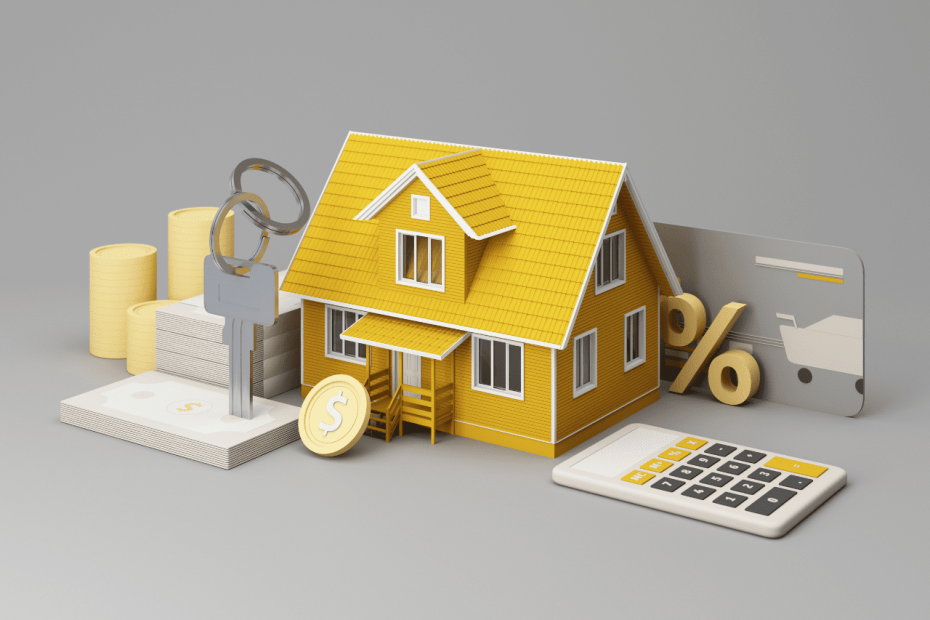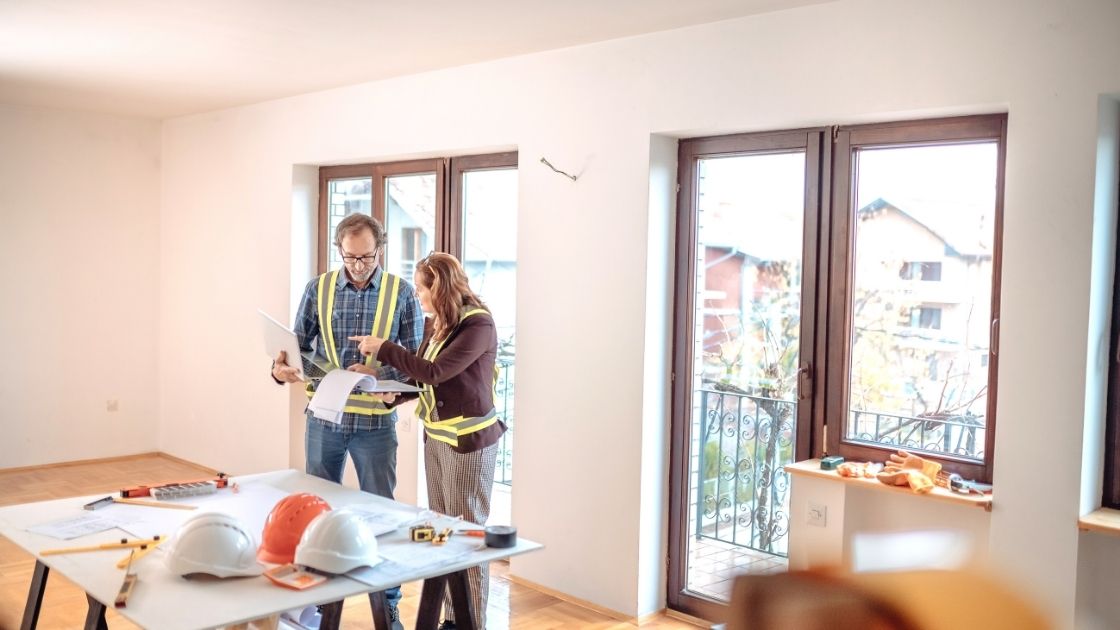Flipping houses can be a lucrative business, but success depends on many factors, including having a solid understanding of the 70% rule. The 70% rule is a key concept that real estate investors use to calculate the maximum price they should pay for a property in order to ensure profitability. In this article, we’ll explain what the 70% rule is, how it works, and why it’s so important in the house flipping process. We’ll also provide tips and best practices for using the 70% rule effectively, along with factors to consider when adjusting it for different types of properties and markets. Whether you’re a seasoned house flipper or just starting out in the industry, understanding, and applying the 70% rule can help you make informed decisions and maximize your profits.
What is the 70% Rule in House Flipping?
The 70% rule is a guideline used by real estate investors to calculate the maximum amount they should pay for a property. It involves multiplying the after-repair value (ARV) of a property by 70% and then subtracting the renovation costs to arrive at the maximum purchase price. This rule is important as it helps investors to ensure that they purchase a property at a price that allows them to make a profit after renovation and resale.
How the 70% Rule Works
The 70% rule is based on two key components: the after-repair value (ARV) of a property and the renovation costs. The ARV is the estimated resale value of a property after it has been renovated, which takes into account market conditions, location, and other factors that affect its value. Renovation costs include all expenses associated with repairing or upgrading the property, such as materials, labor, and permits. It’s important to accurately estimate both the ARV and renovation costs to ensure that the 70% rule is applied correctly, as this calculation forms the basis of determining the maximum purchase price for a property.
The formula for the 70% rule in house flipping is:
(ARV x 0.7 ) – Rehab Costs = Maximum Purchase Price
Here’s an example of how to apply the 70% rule in practice:
Let’s say you find a property with an estimated after-repair value (ARV) of $200,000. You estimate that the renovation costs will be $40,000. To calculate the maximum purchase price using the 70% rule, you would first multiply the ARV by 0.7:
Next, you would subtract the renovation costs from this amount:
$200,000 x 0.7 = $140,000
$140,000 – $40,000 (Rehab Costs) = $100,000 (Maximum Purchase Price)
Therefore, the maximum purchase price you should offer for this property according to the 70% rule is $100,000. This ensures that you have enough room to cover the renovation costs and still make a profit when you sell the property.
Adjusting the 70% Rule for Different Properties and Markets
While the 70% rule is a useful guideline for determining the maximum purchase price for a property, it may need to be adjusted depending on some factors. It’s important to consider all these relevant factors when using the 70% rule and adjust as necessary to ensure that you make informed and profitable real estate investment decisions.
Factors to Consider When Adjusting the 70% Rule for Different Types of Properties and Markets
These factors must be put into careful consideration by real estate investors when applying the 70% Rule:
- Property type: Different types of properties, such as luxury homes or multi-unit buildings, may require a different approach to calculating the maximum purchase price.
- Location: The local real estate market is an important consideration when applying the 70% rule. The level of competition, supply and demand, and other local factors can affect the maximum purchase price.
- Condition of the property: The level of renovation needed to bring a property up to market standards should be taken into account. The renovation costs will vary based on the condition of the property.
- Financing terms: The terms of the loan, including interest rates and loan-to-value ratios, can affect the maximum purchase price.
- Timeframe: The timeframe for completing the renovation and reselling the property is another consideration when adjusting the 70% rule. Longer timeframes may require a lower maximum purchase price to account for the increased holding costs.
Adjusting to the factors above ensures that real estate investors make informed and profitable investment choices.
Common Pitfalls to Avoid When Using the 70% Rule
Using the 70% rule in house flipping can be a valuable tool for real estate investors, but there are several common pitfalls to avoid in order to make informed investment decisions.
- Overestimating ARV: To avoid overestimating after-repair value (ARV), perform thorough market research and work with experienced appraisers and real estate agents.
- Underestimating renovation costs: To avoid underestimating renovation costs, get multiple quotes from reputable contractors and consider potential hidden costs.
- Ignoring holding costs: To avoid ignoring holding costs, account for expenses such as property taxes, insurance, and utilities during the holding period.
- Failing to account for transaction costs: To avoid failing to account for transaction costs, consider expenses such as real estate agent commissions, closing costs, and transfer taxes.
- Not having a contingency plan: To avoid not having a contingency plan, have backup options in case of unexpected events such as a longer renovation period or a market downturn.
Real estate investors can ensure profitable house flipping decisions by being mindful of these common pitfalls and implementing strategies to steer clear of them, thereby using the 70% rule efficiently.
Factors That Can Affect the Accuracy of the 70% Rule Calculation
To make informed and profitable house flipping decisions, real estate investors often rely on the 70% rule to calculate the maximum purchase price based on the after-repair value (ARV) of a property. However, despite its usefulness, the 70% rule is not immune to inaccuracies, and several factors can influence the precision of its calculation. Therefore, it is crucial for investors to be aware of these factors and take necessary steps to account for them
- Inaccurate ARV: An inaccurate after-repair value (ARV) estimation can result in incorrect maximum purchase prices, which is why it is important to do thorough market research and work with experienced appraisers and real estate agents.
- Varying renovation costs: The cost of renovations can vary based on the type and extent of repairs needed, making it important to get multiple quotes from reputable contractors and consider potential hidden costs.
- Holding period: The holding period, or the time between purchasing and selling the property, can vary and affect the accuracy of the calculation if the holding period is longer than expected.
- Transaction costs: Transaction costs, such as real estate agent commissions and closing costs, can vary and should be accounted for in the calculation.
- Interest rates and financing terms: Interest rates and financing terms can fluctuate and affect the maximum purchase price.
Tips and Best Practices for Using the 70% Rule in House Flipping
- Accurately estimate renovation costs: To determine the maximum purchase price using the 70% rule, investors need to accurately estimate the renovation costs which requires thorough research and analysis of the property’s condition and potential renovation needs.
- Use conservative estimates: It’s better to underestimate the ARV and overestimate the renovation costs when using the 70% rule. This helps to ensure that the final calculation does not exceed the investor’s budget or profit expectations.
- Account for carrying costs: Carrying costs such as property taxes, insurance, and utility bills can add up over time and affect the overall profitability of the investment. Investors should account for these costs when using the 70% rule to avoid any surprises down the line.
- Be mindful of market conditions: Real estate markets are subject to fluctuations, and investors need to be aware of any changes in the market conditions that could affect the ARV of the property.
- Don’t overlook the importance of due diligence: Conducting thorough due diligence is crucial when using the 70% rule. Investors should research the neighborhood, property history, and any potential legal or financial issues to ensure they are making a sound investment decision.
- Always have a backup plan: Despite careful planning and analysis, unexpected issues can arise during the house flipping process. Having a backup plan in place can help investors mitigate risks and ensure they can still make a profit even if the original plan falls through.
Conclusion
In conclusion, the 70% rule can be a powerful tool for real estate investors looking to make profitable house flipping decisions. It helps investors to determine the maximum purchase price based on the property’s ARV and estimated renovation costs. However, it is important to keep in mind that the rule is not foolproof, and there are several factors that can affect its accuracy. Investors should conduct thorough due diligence and research to accurately estimate the renovation costs, account for carrying costs, and be mindful of market conditions. It’s also important to use conservative estimates and have a backup plan in place. By following these tips and best practices, real estate investors can use the 70% rule effectively and make informed investment decisions that lead to profitable returns.


